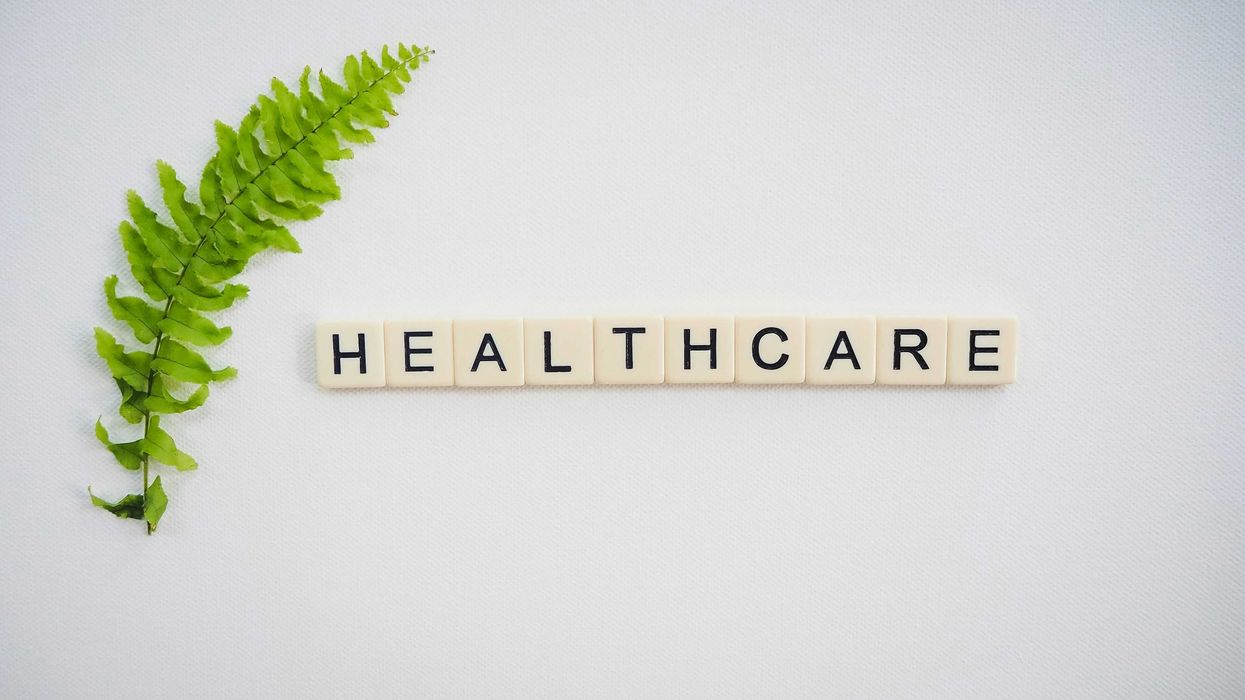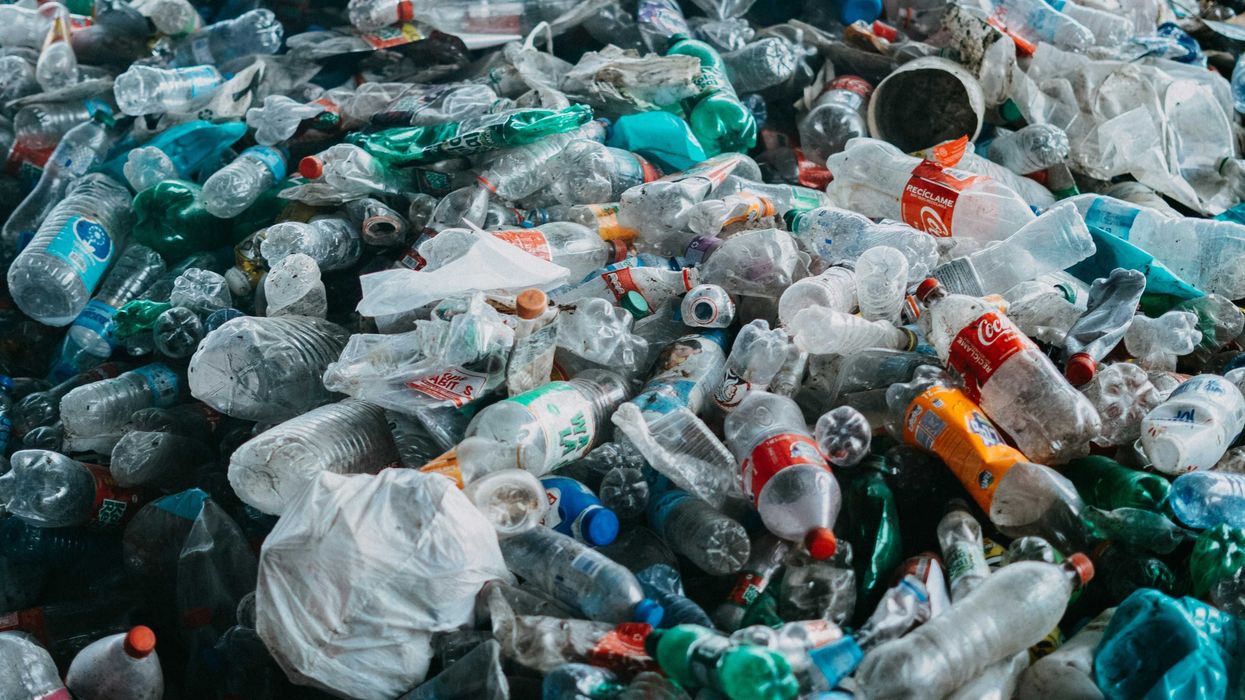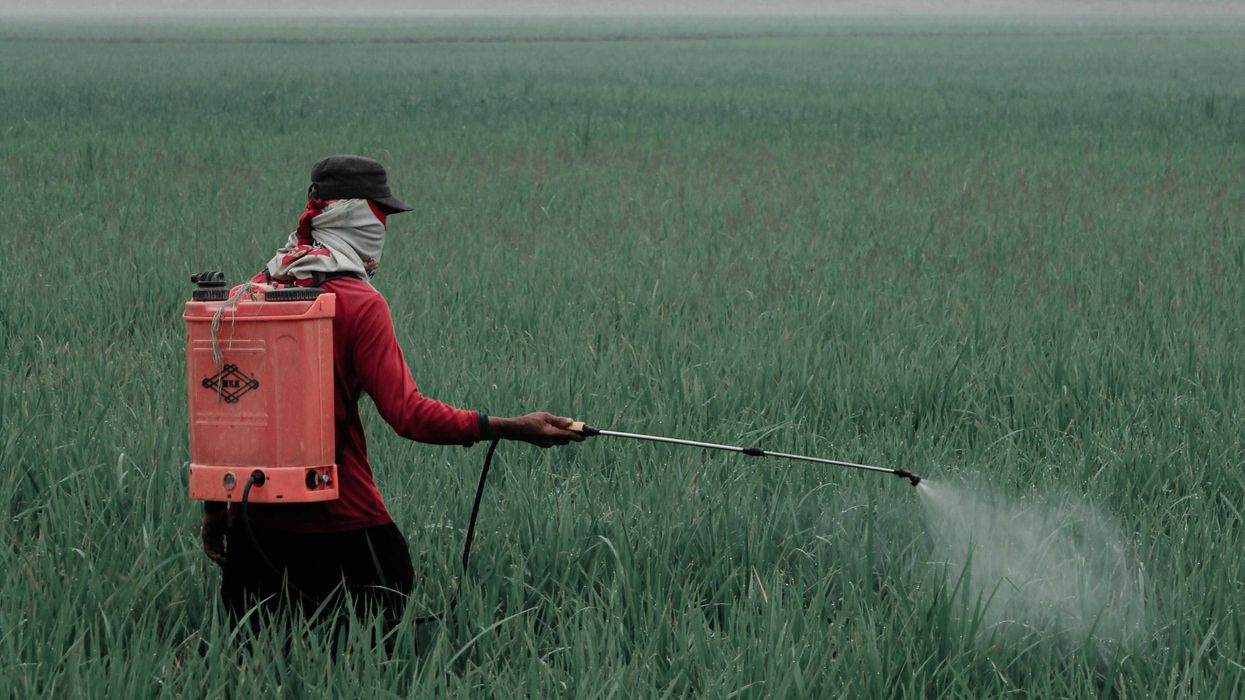This week, EHN wrapped up the first part of an extensive investigation into PFAS in consumer products.
We published the first piece of our investigation - looking at PFAS in sportswear - in February 2022. Since then, we've seen growing interest in PFAS contamination in consumer products nationwide - from the individual to the national level.
We wanted to quantify this growing trend in news coverage - so we dove into our media analysis software and took a look at any and all news related to PFAS in consumer products - from makeup to clothing, food to water - over the last year. The results are telling.
PFAS contamination a concern

This chart shows 2,724 stories on PFAS published over the past year. A.I. sorts these stories into categories based on subject - those categories make up the colored segments in each bar.
Some of the larger subjects:
- Red: EPA PFAS Strategic Roadmap
- Orange: PFAS in food packaging
- Blue: PFAS in drinking water
- Green: PFAS testing studies
- Purple: EPA water testing guidelines
- Yellow: State-level PFAS legislation
Looking at this chart, one can definitively see a growing national movement around concern over PFAS chemicals. You likely took note of the towering bar of coverage in October of 2021 - that can be attributed to the EPA and Biden administration's launch of their PFAS Strategic Roadmap to look at these 'forever chemicals' over the next couple of years. Apart from that anomaly, however, there is clear, steady, organic growth in the number of news stories nationwide covering PFAS.
These stories are not just the work of do-gooders shouting into the void: they are indicative of a growing public awareness and concern over toxic chemicals in the products people use, wear, eat, and drink.
What does this mean for our health?
The impacts are already felt. PFAS and other toxic chemicals have been linked to health issues such as cancers, reproductive issues, developmental delays in children and more.
Of course, PFAS is one factor in often complex diagnoses - while it cannot presently be attributed as the direct cause of whatever health issue in a patient, ongoing research is working to advance what we know definitively about its effects on the body.
EHS is in the trenches of this research, as well as working with scientists behind the scenes, we've spent $43,000 to date testing products in collaboration with wellness website Mamavation.com to let consumers know what products contain PFAS.
PFAS are just one example of chemicals changing our health - just today, EHN.org published an article on obesogens, an under-discussed subset of endocrine-disrupting chemicals that impact people's weight.
Read more: Doctors advocate for treating obesity as an environmental problem
That's not all: as awareness mounts, the public may bring concerns about PFAS and other contaminants in the products they use to their practitioners and physicians - and the medical community must strive to keep up-to-date with public awareness about health influences such as PFAS to best advise their patients.
Have questions about this graphic? Feel free to ask them here. Our team is more than willing to give greater insights and explanations and engage in fruitful conversation.













